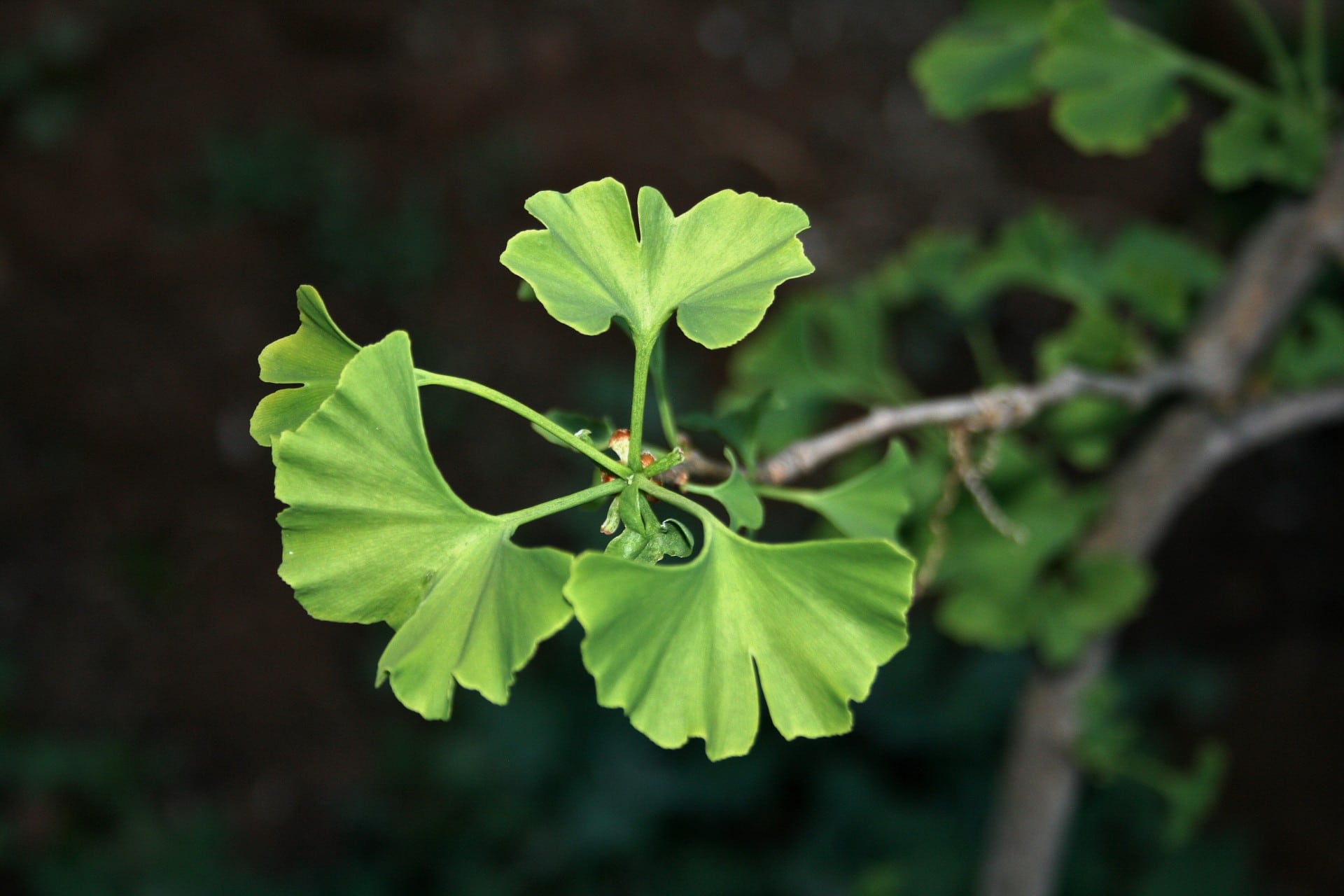
El Ginkgo biloba it is a living fossil, since it began its evolution about 250 million years ago. It is the only species of the genus that has survived to this day, and it is spectacular. Although it has a fairly slow growth rate, it is by no means a demanding plant.
It is often grown in gardens, planted as an isolated specimen, although there are also those who manage to work it as a bonsai, creating authentic wonders.
What is the origin and characteristics of the Ginkgo biloba?

Image sourced from Wikimedia/AlixSaz
It is a tree known as the Japanese walnut, tree of life, ginkgo, or tree of the forty shields, which is believed to be native to Asia, specifically China. Its scientific name is Ginkgo biloba.
If we focus on its features, we are talking about a deciduous plant with a somewhat pyramidal shape that reaches a height of 35 meters. Its trunk forms a solid and practically straight pillar, with grayish brown or dark brown bark depending on the specimen, and with grooves and cracks.
The crown is narrow, made up of branches from which leaves between 5 and 15 centimeters sprout, fan-shaped, and green. In autumn they turn yellowish before falling if the weather is temperate or temperate-cold.
- Image sourced from Wikimedia/Marcin Kolasiński // Female flowers
- Image sourced from Wikimedia/Marcin Kolasiński // Male flowers
During the spring it blooms. The flowers can be female or male, appearing in separate specimens. The former are grouped in a number of 2 or 3, and are green; instead, the latter are cylindrical yellow catkins. If the female ones manage to be pollinated by the male ones, they will produce a yellowish-brown seed that will turn grayish-green when ripe, and that will emit an unpleasant odor if opened.
It has a life expectancy of about 2500 years.
Cultivars
At present, several cultivars have been developed, among which I highlight:
- Fastigiata: the leaves are bluish green, and it grows up to 10 meters in height.
- Golden autumn: The leaves turn golden yellow in autumn, and the tree does not exceed 3 meters in height.
- tit: the leaves are irregular.
- Troll: the branches do not grow much, even staying close to the ground. It grows up to 1-1,5 meters high.
What uses is it given?
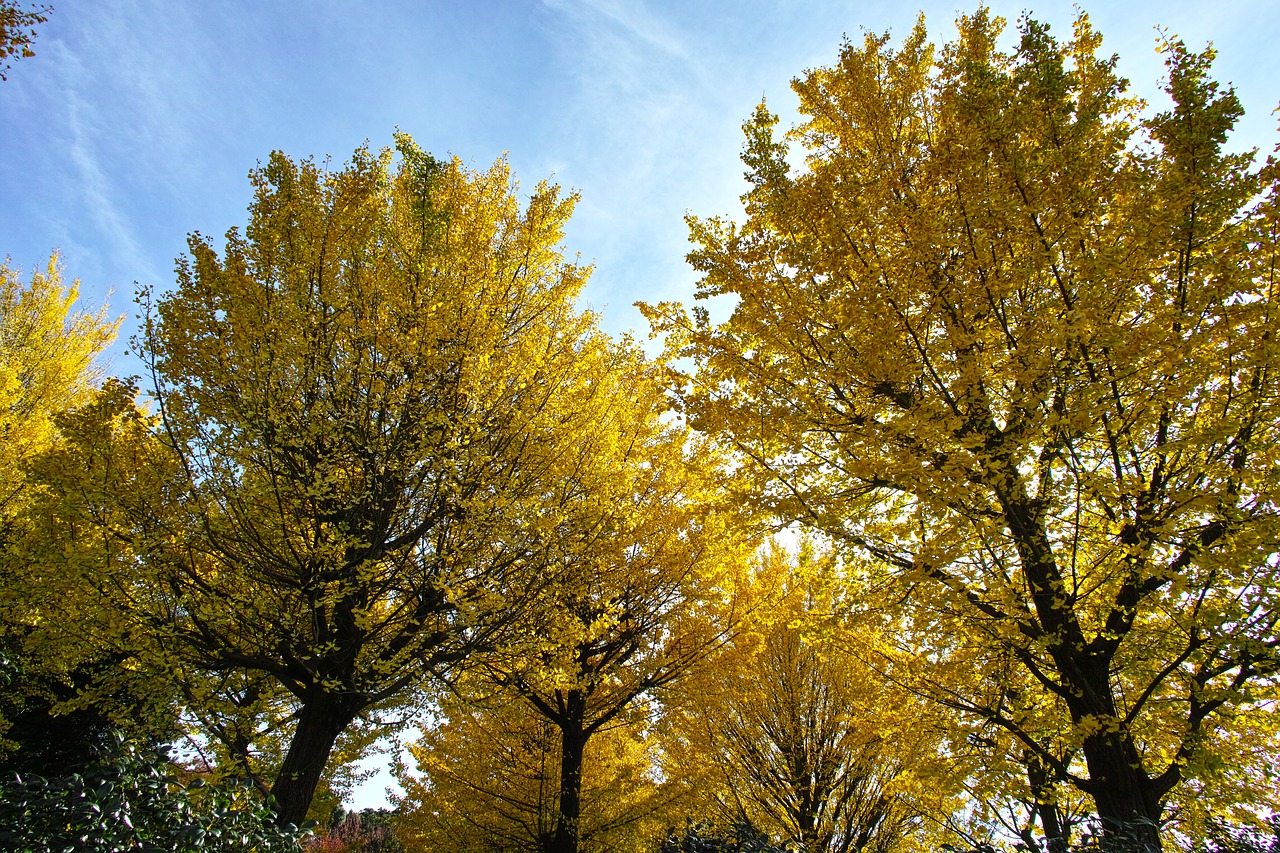
Al Ginkgo biloba it is put to use, above all, ornamental. As an isolated specimen or in alignments it is very, very beautiful. I wouldn't recommend it as a street tree though, as it needs a lot of room to grow (unless a dwarf cultivar is chosen); on the other hand, for a park or garden, it is certainly interesting if the weather is good. It is also grown as a bonsai.
Another use that is given is the medicinal, in particular to treat cases of senile dementia, Alzheimer's and Parkinson's. In any case, no treatment should be started without first consulting a doctor, since a study published in The Lancet in 2012 also showed that the effectiveness of ginkgo as a preventive was not superior to that of placebo ( you can check it by clicking here).
What are the care that must be given to the tree of the forty shields?
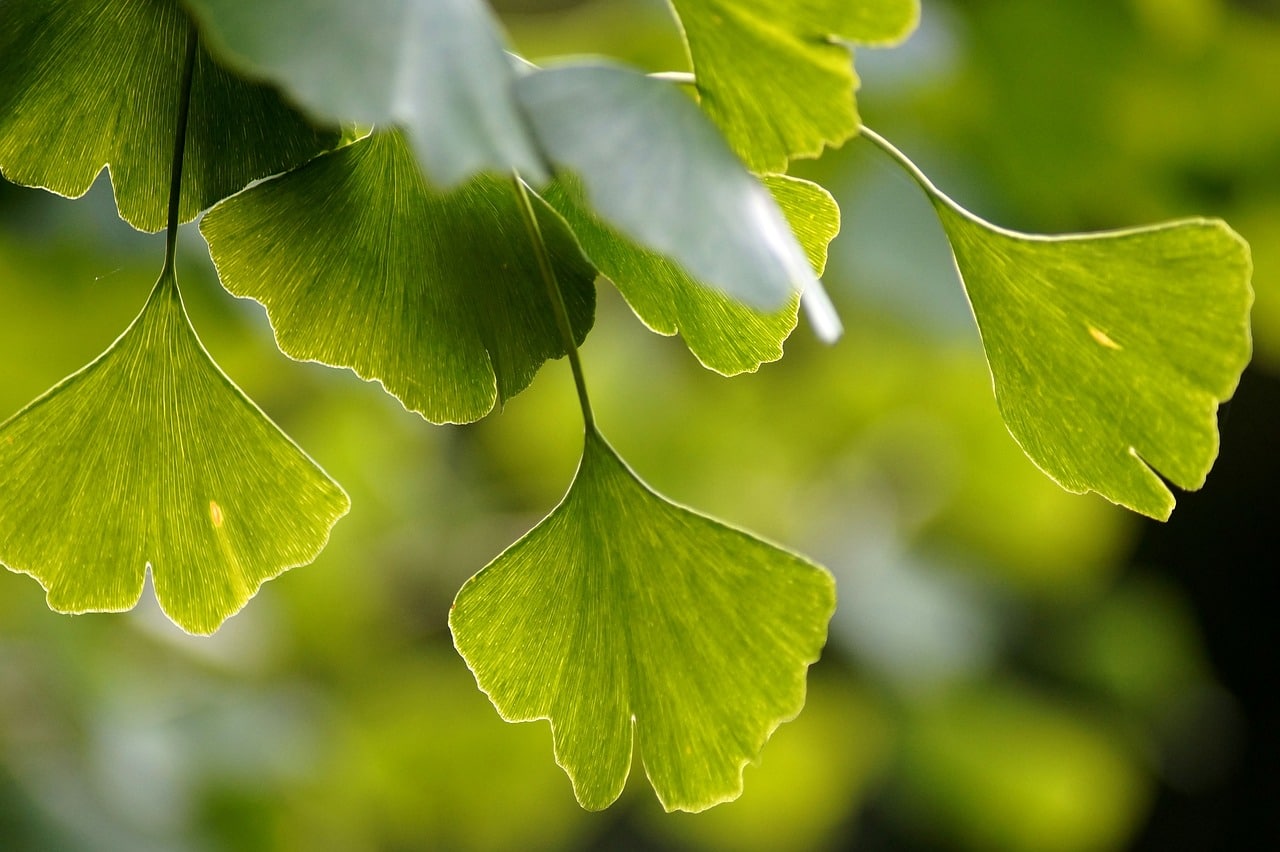
To keep it in good condition it is important that it is grown outdoors. It is a plant that must feel the wind, the sun, the temperature variations that occur over time, etc. Likewise, it is highly recommended that it be planted in the garden as soon as possible, since although it grows slowly, it is a tree that can become large.
But if you want, can be kept in a pot for many years, as long as it has holes in the base, and that substrates that absorb and drain water quickly are used. For example, a good mix would be 70% mulch + 30% perlite.
As for watering, it should be moderate. In general we must prevent the earth from drying out completely, since it does not resist drought, so if the summer is hot (maximum 30ºC or more, and minimum 20ºC or more) and very dry, you will most likely have to water it 3-4 times a week. The rest of the year the irrigations will be more spaced.
During the vegetative season of the tree, that is, from spring to late summer, it is advisable to pay it with compost or another type of fertilizer of organic origin.
Finally, you should know that resists frost down to -18ºC. However, it will not live in places where the temperature always stays above 0 degrees.
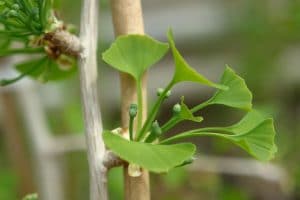
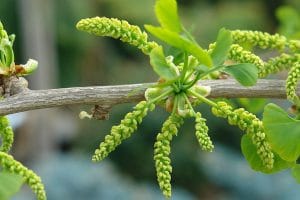
Ginkgo biloba, also known as Ginkgo, is a powerful antioxidant-rich herb that is widely used to improve brain function and treat various diseases.
Although most dietary supplements made from this plant consist of extracts from its leaves, in modern Chinese medicine, Ginkgo biloba extracts are most commonly used for internal treatment.
Used both traditionally and alternatively, Ginkgo biloba has been shown to improve general health, increase memory, reduce stress, lower blood pressure and promote blood circulation.
Hello,
It is not actually a grass, but a tree. But otherwise, thanks for the info. It is very interesting.
Regards!